Protect Our Oceans | MiniZoo Blog

Ocean Week has arrived and it is the perfect time to raise awareness about our Great Big Blue and how to ensure the longevity of the huge variety of ocean animals that live within in. Discussing sea life with little ones is a great way to teach them about keeping some of their favourite creatures safe, and MiniZoo models provide the perfect play scene starter for sensory activities and learning about endangered ocean animals.
Sensory Play Ideas
If you follow us on Instagram (and if you don't, you should), you’ll see regular sensory play activities and ideas using MiniZoo animal model figures, perfect for both little and big kids. I love sensory play, and I’m super excited that my kids are at an age now that they do too (my daughter use to hate getting messy). The opportunities are honestly endless, whether you want to get wet or not, simply use blue-coloured dry materials instead of water where possible. Here are a couple of my suggestions:
Oil Pollution Play - Simply fill a tray or container with water and your favourite ocean animal models. Add the Safari In The Water Toob vessels and create a boat collision before adding some oil to your water to simulate an oil spill. Help your little ones understand how the oil doesn’t mix with the water very well, attempt to clean the animals, try to get them to think of ways to get the oil out. This activity is multi-layered and great for older kids who enjoy learning about science, as this activity can delve into the discussion of mixing viscosities, as well as researching and discussing how oil spills can be fixed.


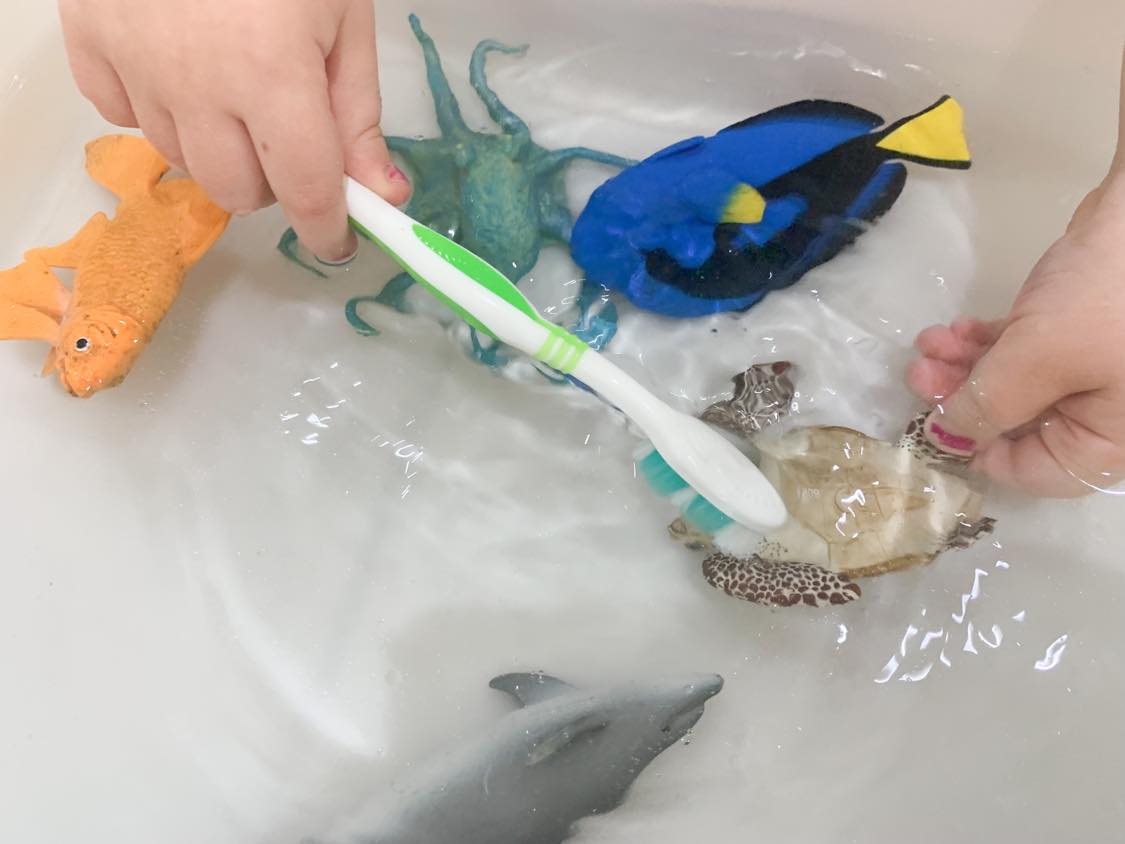
Sandy Rubbish Clean Up - Fill your tray with sand this time, and if you have any, shells and rocks too, then add your model beach animal creatures, and sprinkle rubbish all throughout your beach scene. Get your little ones to pick out the rubbish from the sand (with tongs if you want to improve fine motor skills). Some bits of rubbish that work well are straws, bottle caps, cut up plastic bags, bubble wrap, netting, fishing line, cotton swabs, and anything somewhat clean (to minimise spreading rubbish bin germs).
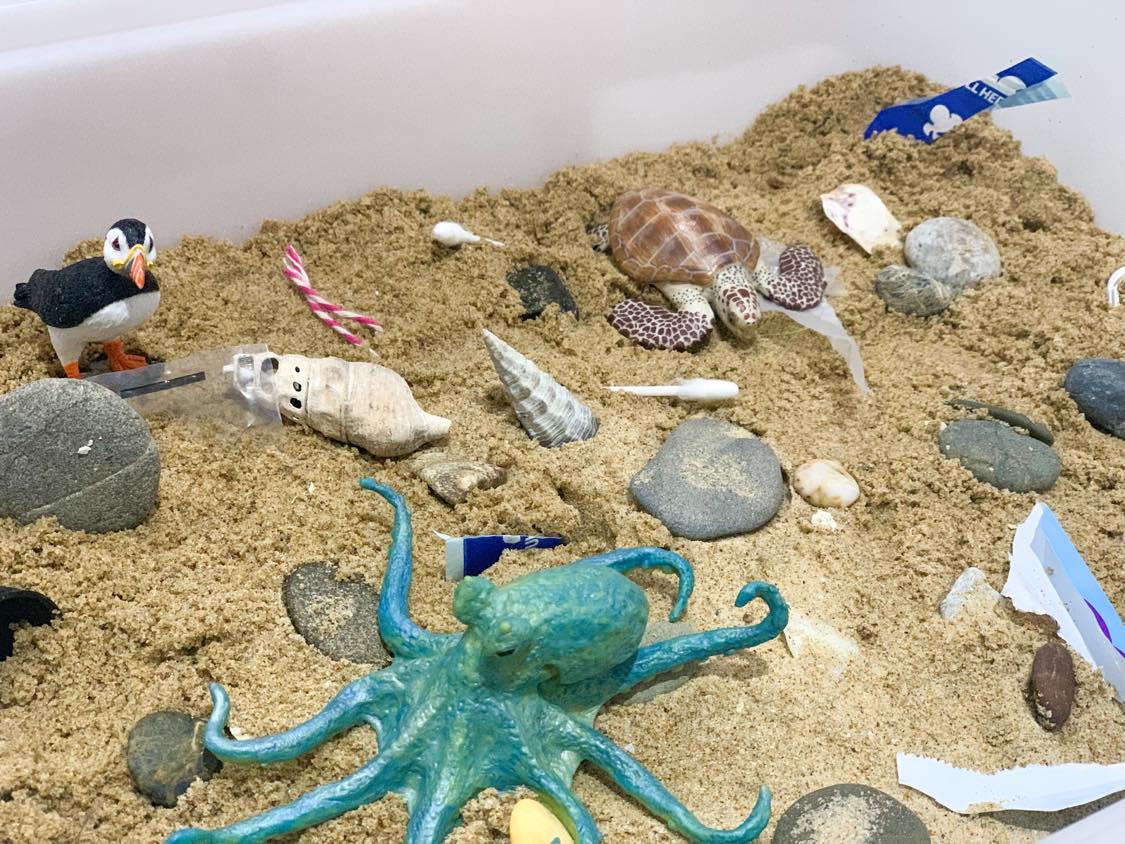
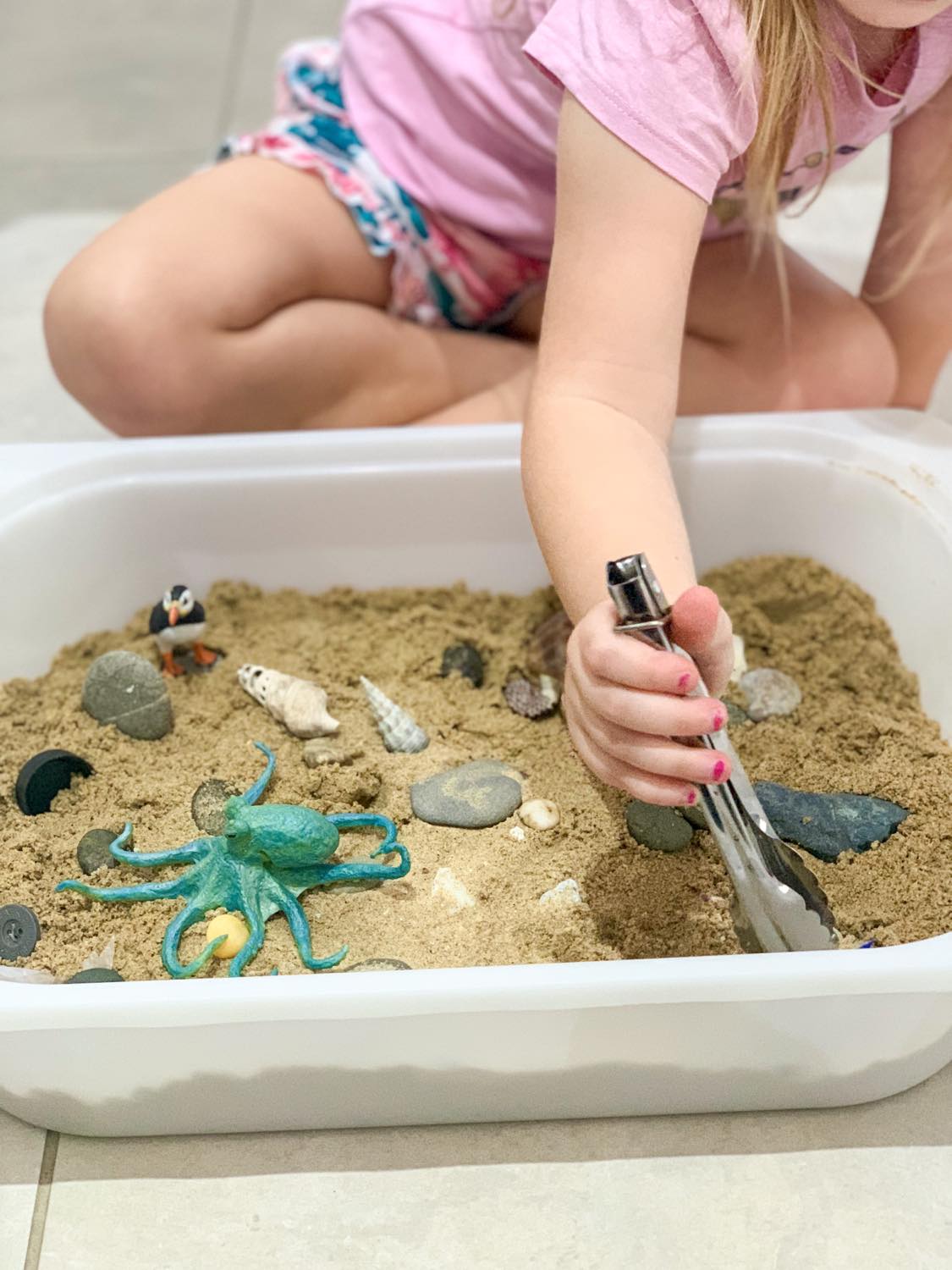
Save the Animals - Here we reused our sandy tray from the last suggestion, and after wrapping and winding some of our ocean animal models with tape, twine and rubber bands, I asked the kids to free the animals that had ‘washed up’ on the sand. Once they were free, they were able to ‘release’ them back into the wild of the clean water tray. If your little one is old enough, scissors may be used, but only under supervision. Otherwise, they can just use their fingers to tear away the rubbish.
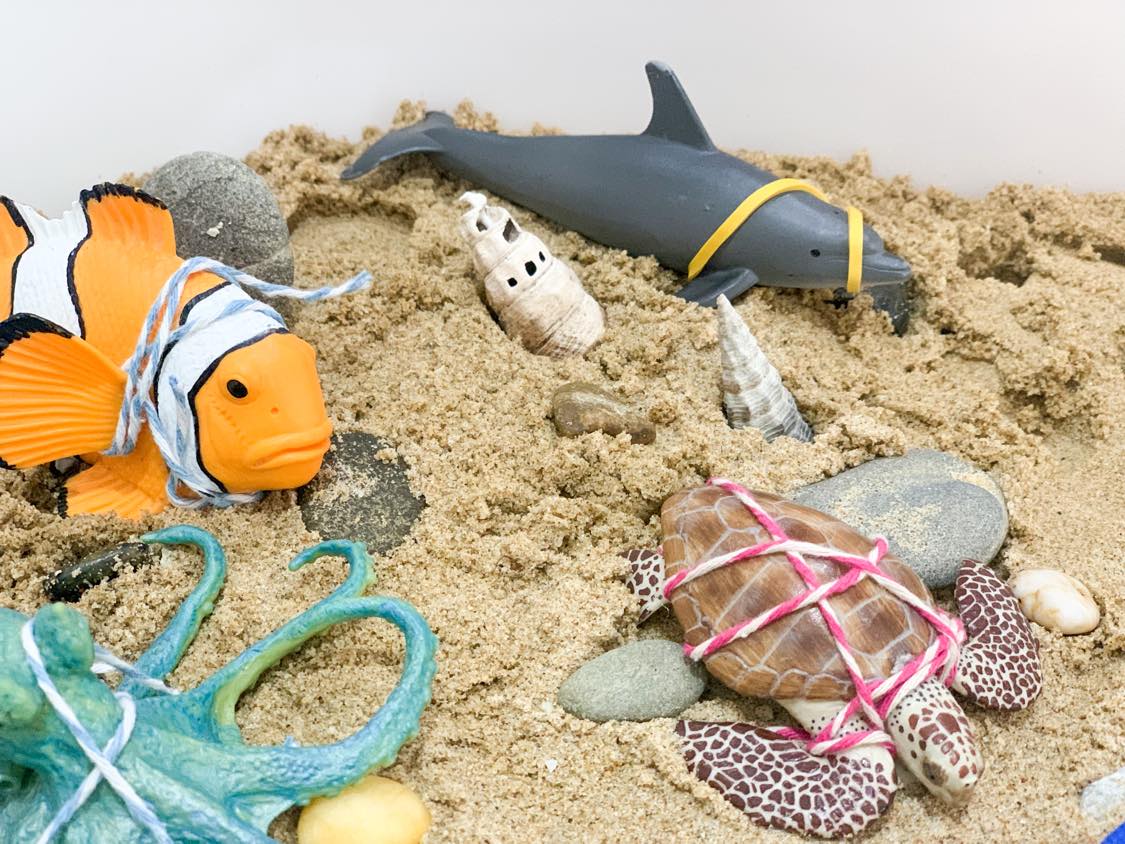
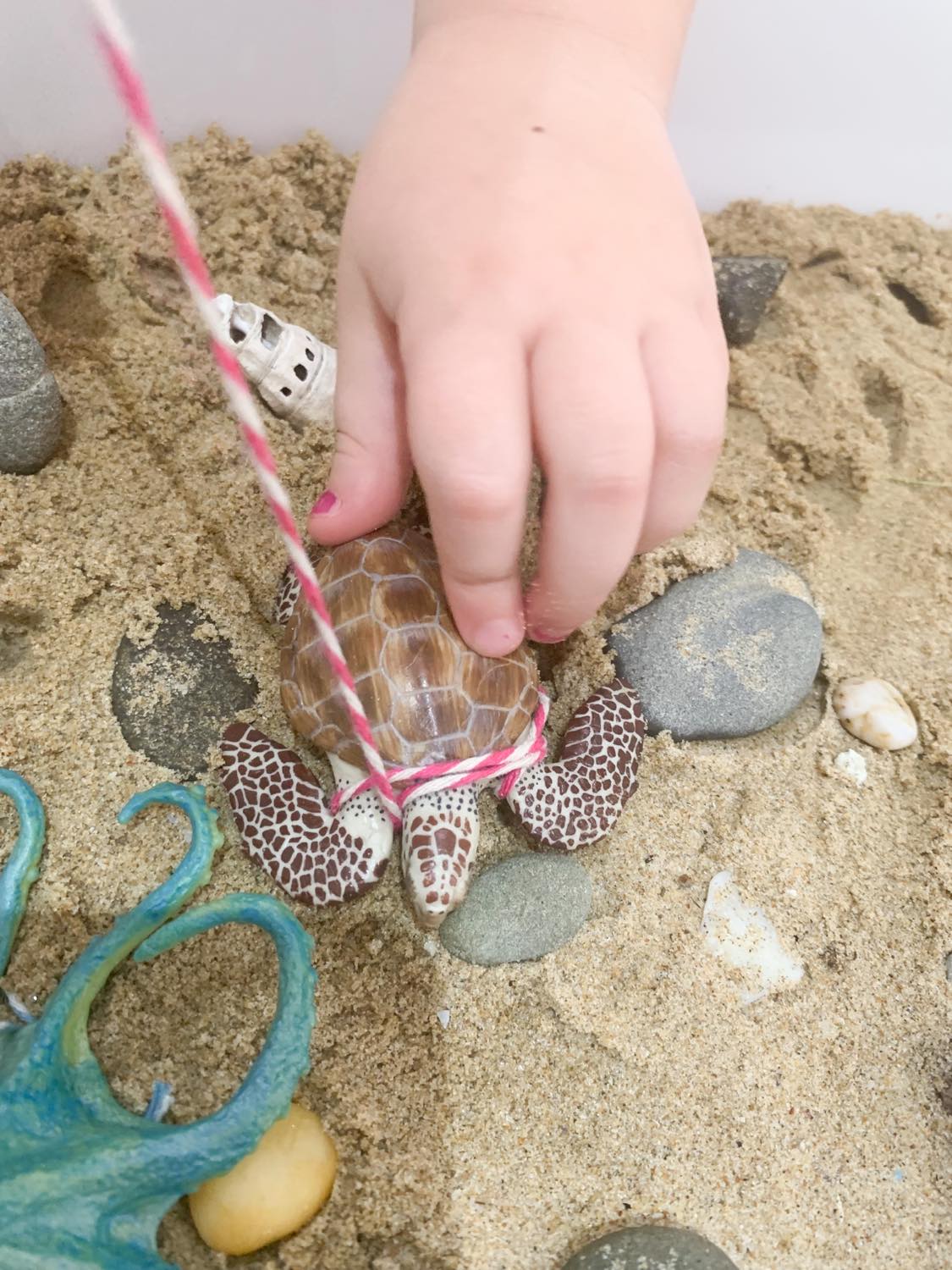
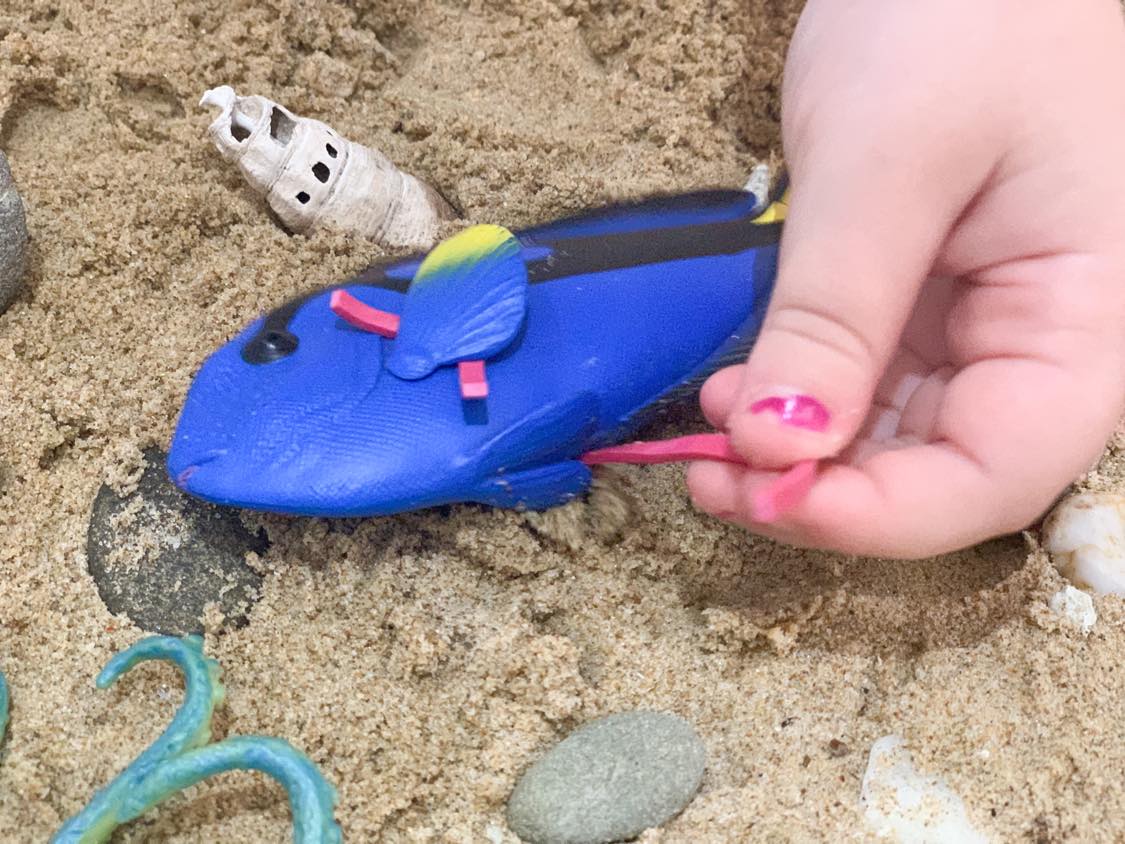
There are plenty more play options so be sure to keep your eyes on our social channels if you need some inspiration.
How can we protect our oceans?
It’s easy to think, ‘the ocean is such a giant place, what could I possibly do to help?’ but the truth is that we can all help - even the smallest choices by the smallest people, make a difference. In our family we talk about how eating rubbish can make animals very sick, and about making good choices about where to put rubbish. I find it’s a good starting point for discussion with kids. Practical things you can do with kids to help them to learn by practise and example, include:
- Picking up rubbish on beaches or coastal areas
- Scoop it out of the marina or ocean where its safe and possible
- Choose plastic free options when you shop
- Recycle household rubbish
- Discussing and knowing who to call if you see distressed wildlife. This may vary depending on your location, so it might be a good thing to look into.
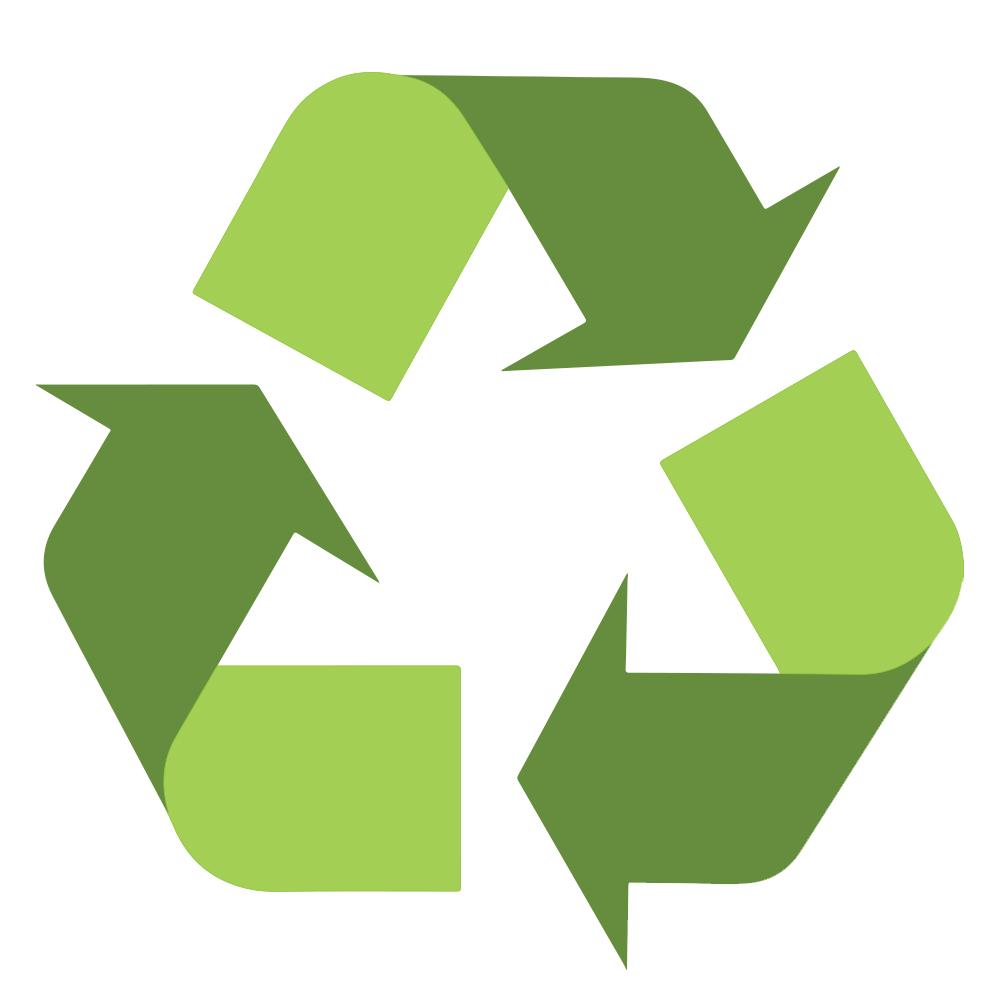
At MiniZoo we try and do what we can to reduce our plastic rubbish and try to provide the opportunity for you to do the same. Selecting ‘Green Choice’ at the checkout will give us your permission to remove the soft plastic wrapping from your model animals, for just $2. We will then recycle this plastic on your behalf. If you’d like more information about our Environmental Policy, check out our packaging materials and options here.
Why do we need to protect our oceans?
Having an ocean themed play session, or a series of activities focused on protecting our ocean wildlife, will no doubt raise the question as to WHY we need to do this. It’s such a great question, and while it can be very complex for little ones, it's important for them to understand key components so that they can continue to make earth-conscious choices, and perhaps one day better the world with revised and improved recycling, cleaning and awareness programs, because these little people are the future of our planet.
One of the key points that I like to teach our kids is that oceans are large percentage of the earth - 71% actually, and it's estimated that one million different animal species live in the ocean, and they all rely on one another in different ways. It’s easy to recognise the ‘scary’ ones, the majestic ones, the playful ones and the little ones, but understanding that the scary ones are just as important as the tiny ones helps to teach them that all creatures need our help.

I also like to focus on the endangered ocean animals, as they’re at the greatest risk of extinction. There are currently over 2,000 animals on the endangered ocean animals list, which is heartbreaking, but MiniZoo stocks a variety of threatened species if you’d like to learn a bit more about these precious creatures:
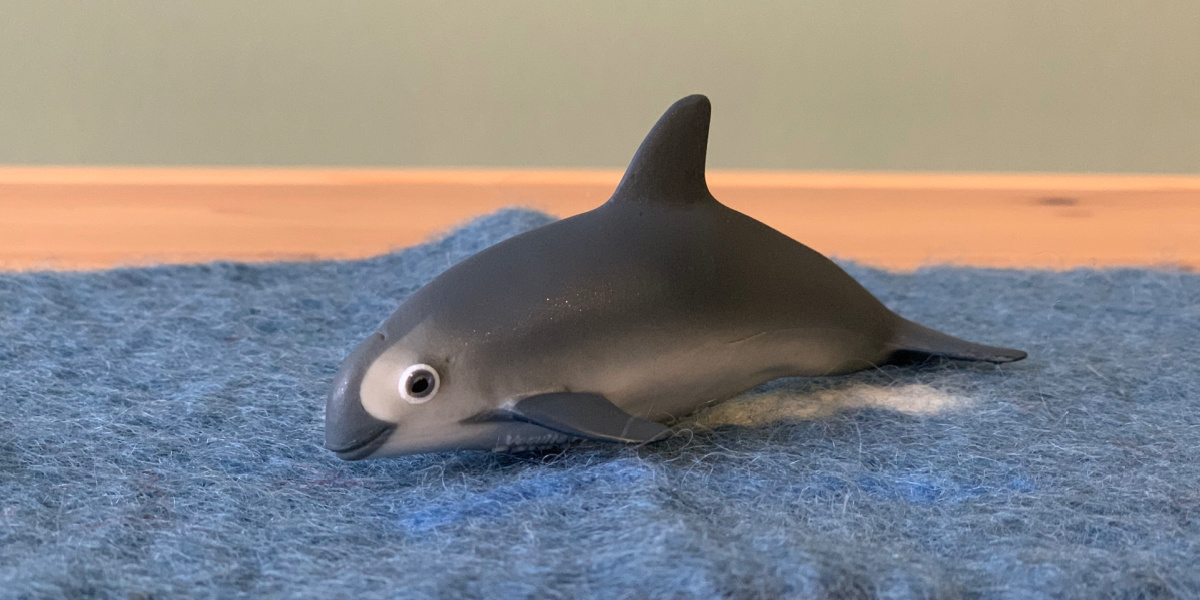
Vaquita: The Safari Vaquita Porpoise is a great model of the rarest marine animal in the ocean, with the possibility of as little as 10 left in the ocean, these little dolphins are right on the edge of extinction. Like its real life counterpart, this porpoise figurine features a dark coloured circular patch around its eyes, as well as darker shading around its beak, fins, and on its back, with a lighter underside. Native to Mexico’s Gulf of California, illegal fishing practices like gillnets are the main reason for their drastic population decline.
Whales: Two whale species we need to look out for are the Blue Whale and the Grey Whale. The Blue Whale is extremely endangered, with only 2,800 left in existence, and Schleich, CollectA, Safari and Papo each offer highly detailed models of the largest living mammal, with Papo also offering a calf model as well as an adult. While slightly smaller, the Grey Whale is also on the list of concern, and Mojo, CollectA, and Safari have great sculptures of this whale, perfect for ocean animal playtime.
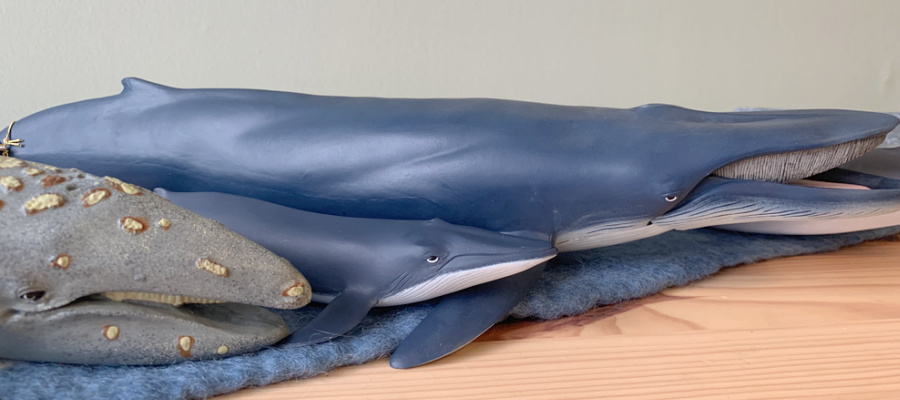
Sharks: The Hammerhead and the Whale Shark both need our protection. The Hammerhead shark is critically endangered. Its unique and unusual head makes it easily recognisable, but good luck ever seeing one in the wild, with only 200 estimated to be left. Take a look at the Schleich, Papo and Safari models of this strange-looking shark. Whale sharks are a gentle giant and pose no danger to humans. They swim with their large mouths wide open to collect plankton and small fish for their dinner. Papo, Mojo, CollectA and Safari each offer Whale Shark models at MiniZoo.
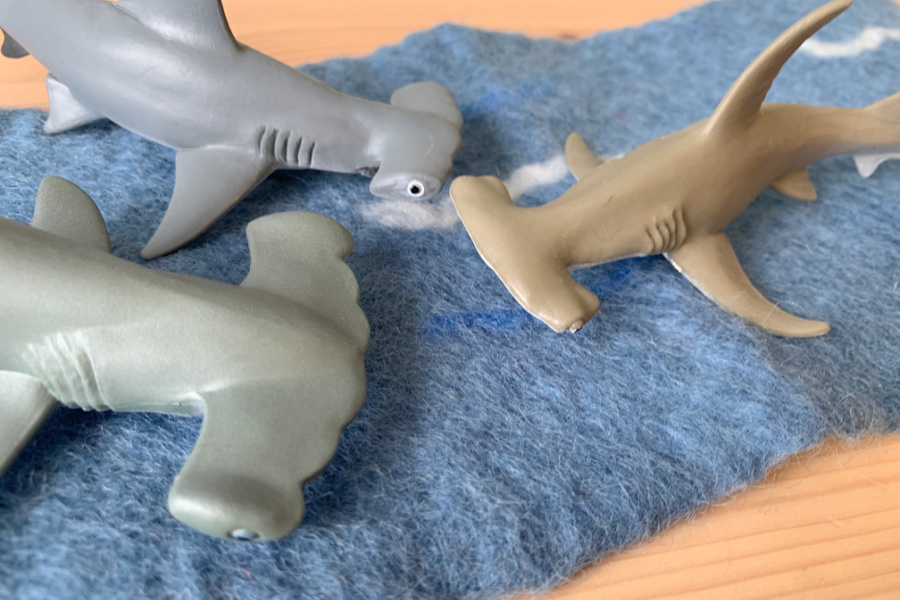
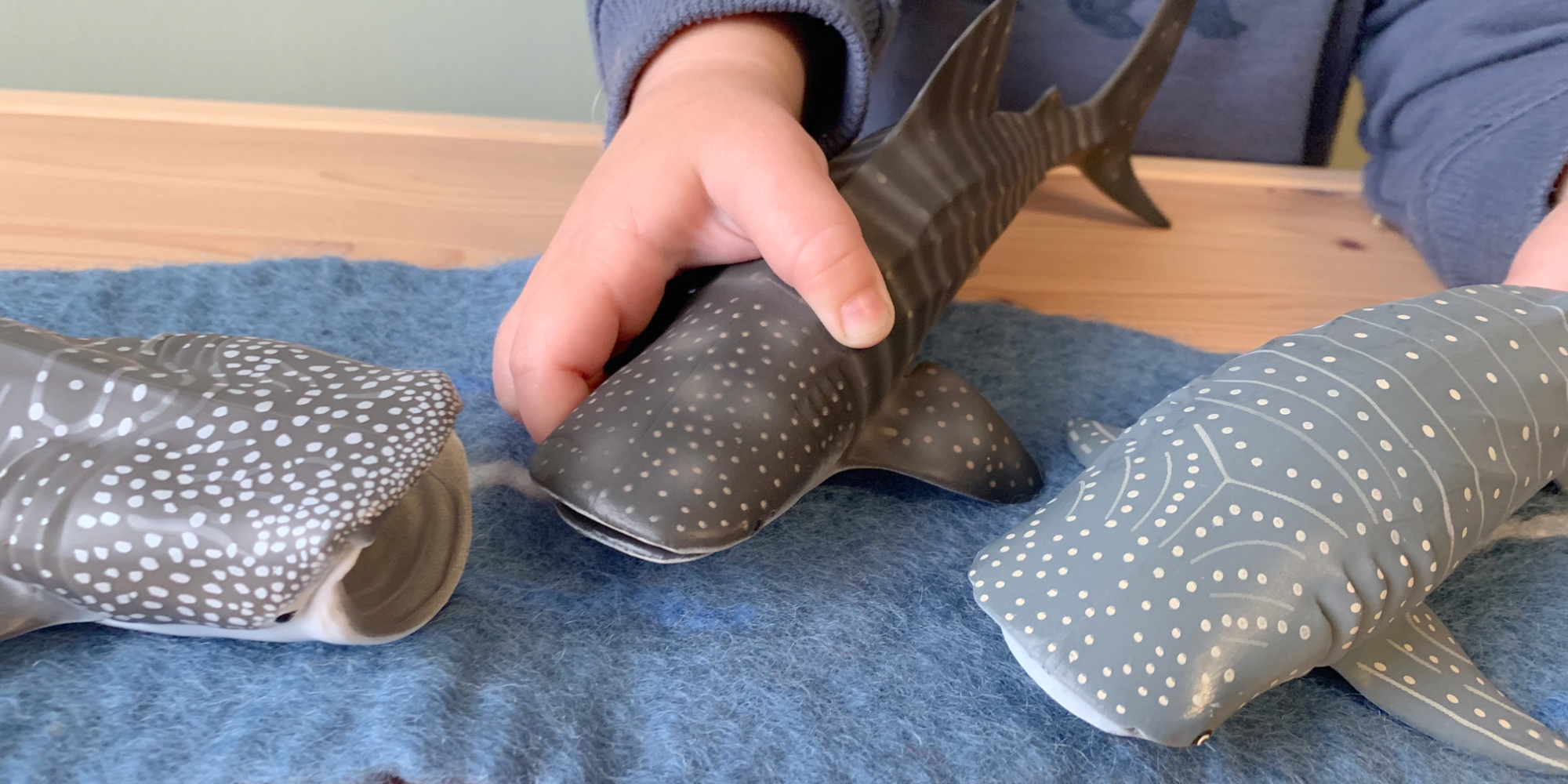

Turtles: Despite being known for their long lives, several turtle species are endangered, with one of the biggest reasons being ‘marine debris entanglement and ingestion’ which is rubbish pollution in our ocean. The Green Sea Turtle is an important contributor to the ocean ecosystem, as it maintains seagrass beds, and through digestion, it turns seagrass into nutrients needed by other plants and animals. Without this guy, our oceans would struggle. MiniZoo stocks adult and baby models by Science and Nature and Safari. The Kemps Ridley Sea Turtle is the smallest sea turtle, at only 60-70cm in length. It is critically endangered, with 7,000-9,000 nesting females in existence. Safari’s Incredible Creatures model of the Kemps Ridley Sea Turtle Baby is perfect to learn about this precious little turtle.

Cape Penguin: The Safari African Penguin, the CollectA South African Penguin, the Papo African Penguin, are all great representations of the endangered Cape Penguin, it just goes by a few different names. This little swimmer is known for its unique braying sound, pink patch above its eyes, black stripe on its chest, and spots on its tummy. There are likely only 55,000 left in the wild and at the rate their population is declining, they might be extinct in 15 years if we don’t act.
The Safari Endangered Species Marine Toob is also a great place to start if you want some smaller ocean animal models of threatened species. It includes a blue whale, whale shark, marine iguana, hawksbill turtle, Galapagos penguin, sea lion, spotted eagle ray, sawfish, Kemp’s Ridley sea turtle, and a great hammerhead shark.
We hope you can celebrate Oceans Week with us and help our future generations to protect our oceans and these precious creatures. Share with us your play ideas, favourite marine animals from your collection and why they’re so special - endangered or not. Tag us on Instagram or join our MiniZoo VIP group on Facebook and show us what you’ve been up to, and chat to others if you’re stuck for ideas.
Jenna @ MiniZoo

